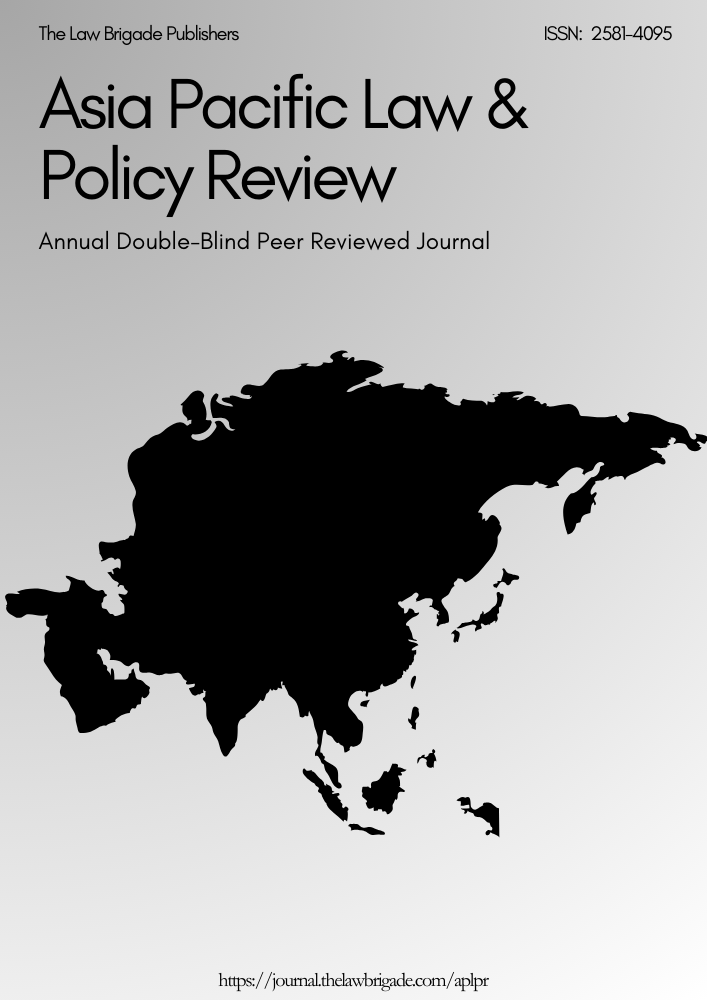UN PEACEKEEPING, RESPONSIBILITY TO PROTECT AND HUMANITARIAN INTERVENTION
Keywords:
protection of civilians, United Nations, international humanitarian law, responsibility to protectAbstract
The question of armed intervention on behalf of the international community, in the internal affairs of a state against the wishes of the government of that state, in order to prevent widespread death or suffering amongst the population, is not a new one. Indeed, Imperial Rome grappled with the same problems in Dalmatia and Judaea two thousand years ago, as the international community does in those same regions today. How effective are peacekeeping operations in preventing and stopping violence? Is there an alternative to UN and regional peacekeeping operations? The practice of UN peacekeeping is evolving in many instances into robust peacemaking actions with a positive responsibility to protect civilians within the field of operations. The “responsibility to protect” (R2P) (and “responsibility while protecting” - RwP) concept sets out a key principle to enable the international community to prevent atrocity crimes. Since its emergence, however, there have been intense discussions over how to put the principle into practice. Some aspects of the concept remain unclear, including how to undertake, as the last resort, the use of military force. These issues must be considered within the boundaries set by R2P which seek at all costs to avoid the use of force for other reasons than ceasing mass atrocity crimes. The use of force, therefore - including possible military action by the international community, given growing international reluctance to accept grave threats to peace and security, including mass crimes against defenseless populations - have to be thoroughly analyzed and comprehended. This article presents an analysis of the development of civilian peacekeeping, its relevance in the field of conflict resolution and its autonomy from multidimensional peacekeeping, championed by the UN.
Downloads
Published
Issue
Section
License

This work is licensed under a Creative Commons Attribution-NonCommercial-ShareAlike 4.0 International License.
License Terms
Ownership and Licensing:
Authors of research papers submitted to any journal published by The Law Brigade Publishers retain the copyright of their work while granting the journal specific rights. Authors maintain ownership of the copyright and grant the journal the right of first publication. Simultaneously, authors agree to license their research papers under the Creative Commons Attribution-ShareAlike 4.0 International (CC BY-SA 4.0) License.
License Permissions:
Under the CC BY-SA 4.0 License, others are permitted to share and adapt the work, even for commercial purposes, provided that appropriate attribution is given to the authors, and acknowledgment is made of the initial publication by The Law Brigade Publishers. This license encourages the broad dissemination and reuse of research papers while ensuring that the original work is properly credited.
Additional Distribution Arrangements:
Authors are free to enter into separate, non-exclusive contractual arrangements for distributing the published version of the work (e.g., posting it to institutional repositories or publishing it in books), provided that the original publication by The Law Brigade Publishers is acknowledged.
Online Posting:
Authors are encouraged to share their work online (e.g., in institutional repositories or on personal websites) both prior to submission and after publication. This practice can facilitate productive exchanges and increase the visibility and citation of the work.
Responsibility and Liability:
Authors are responsible for ensuring that their submitted research papers do not infringe on the copyright, privacy, or other rights of third parties. The Law Brigade Publishers disclaims any liability for any copyright infringement or violation of third-party rights within the submitted research papers.


